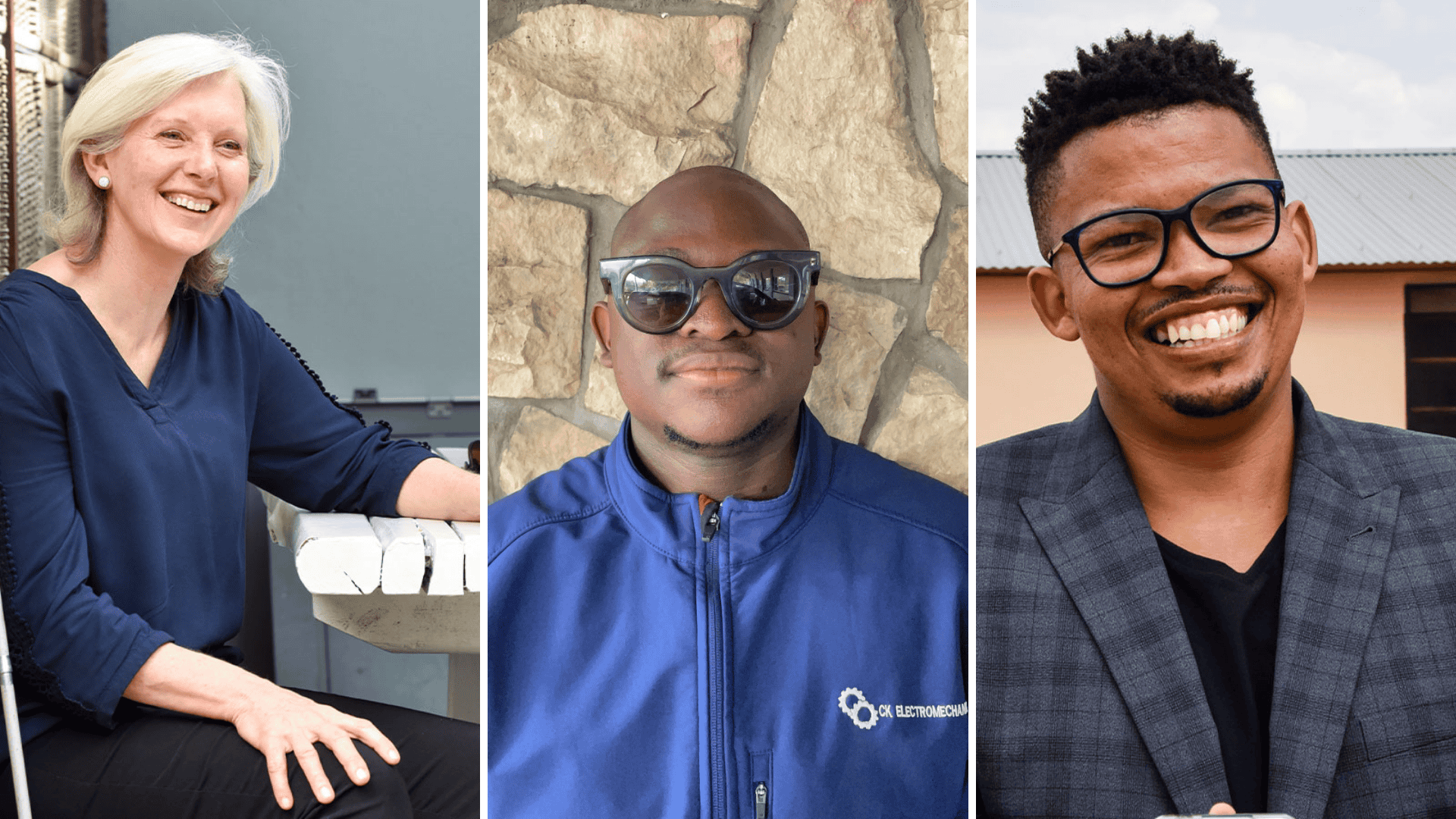
In 2017, a single encounter in a hospital corridor would spark a life-changing innovation. A six-year-old girl was struggling to use her asthma inhaler. Despite her determined efforts, she could not generate enough force to activate the pump. That moment stopped a group of postgraduate biomedical engineering students in their tracks. What they witnessed was not just a minor inconvenience for one child. It was a critical design flaw that was putting the lives of thousands at risk. That young girl, and millions like her, became the reason Easy Squeezy was born. Easy Squeezy was the brainchild of Professor Michael Levin at the Red Cross Children's Hospital.
Recognising a hidden public health crisis
While studying at the University of Cape Town, Giancarlo Beukes and Gokul Nair, the team behind Easy Squeezy saw firsthand how inaccessible existing medical devices could be. In South Africa, close to 20% of children live with asthma, and the country ranks fourth globally for asthma-related deaths. For a child, simply being unable to press down an inhaler could mean the difference between relief and a life-threatening asthma attack.
The problem was rooted in the physics of inhaler design. Standard metered-dose inhalers require between 36 and 39 Newtons of force to activate. However, research showed that children aged five to ten can only exert an average of 21.4 Newtons. This meant that many children were physically unable to self-administer their medication, leaving them dependent on adults for a basic health need.
Rather than try to reinvent the inhaler entirely, the team sought a more pragmatic solution. They designed a device that could slip over the existing affordable inhalers and make them easier to use. By working with what was already widely available and prescribed, the solution could be both accessible and scalable. That device became Easy Squeezy.

Engineering the Easy Squeezy: A human-centred design breakthrough
Transforming the initial concept into a fully functional and manufacturable product presented a series of significant challenges. The team faced three key technical hurdles in the early stages of development.
The first was finding a way to reduce the amount of force needed to activate the inhaler without compromising the dosage. The breakthrough came with the creation of the now-signature "bunny-ear" design. Instead of requiring the user to press down with a finger and thumb, the Easy Squeezy allows children to use both hands to squeeze the ears of the device. This seemingly simple adjustment led to a massive 67% reduction in the force required to activate the inhaler. The necessary pressure dropped from a difficult 4 kilograms to a much more manageable 1.25 kilograms.
The second hurdle was how to track and display the number of doses left in the inhaler in a way that was both intuitive and child-friendly. The solution was a built-in dose counter that uses a ratchet mechanism to click every time the bunny ears are squeezed. The counter uses a colour-coded pie chart that shifts from green to red as the medication is used up. This visual guide is easy enough for even young children to understand at a glance.
The third issue was more subtle but just as important. Many children were embarrassed to use their inhalers at school. The device’s medical appearance made them feel different or exposed. In fact, 42% of kids admitted they avoided carrying their inhalers because they looked "scary" or "medical" and often drew unwanted attention or teasing. In response, the team designed Easy Squeezy with fun, interchangeable cartoon characters, making it look more like a toy than a medical device. Sometimes, the most important design decisions are not technical at all. They are emotional and social.
The regulatory marathon and clinical validation
With the technical challenges addressed, the next phase required a deep dive into regulatory compliance. Unlike many innovations in software or consumer tech, medical devices face a high bar for validation and certification. The Easy Squeezy team had to navigate a labyrinth of local and international regulations, including securing a CE mark for the European market, obtaining a SAHPRA manufacturing license for South Africa, and preparing documentation for an eventual submission to Australia’s TGA.
The clinical validation process was equally rigorous. In 2022, the team conducted a usability study with 40 children between the ages of five and 10. The results were overwhelmingly positive, with the children reporting that the Easy Squeezy was significantly easier to use than traditional inhalers. This was followed by a more comprehensive clinical study in 2023 involving 65 asthmatic children. That study revealed a 26% improvement in adherence to treatment schedules when using the Easy Squeezy. These results were published in a peer-reviewed journal, adding vital credibility and opening doors to further funding and partnerships.The team remains anchored by the image of that first six-year-old girl who could not use her inhaler. But they now recognise that the issue extends beyond children. It is also the elderly woman who lacks hand strength and the teenager who avoids treatment because of social stigma. Easy Squeezy was built for all of them. As they continue to grow, the Easy Squeezy team carries forward a vision of accessible, dignified, and life-saving innovation for all. Together with their partners, they are breaking down barriers to healthcare access, one squeeze at a time.




